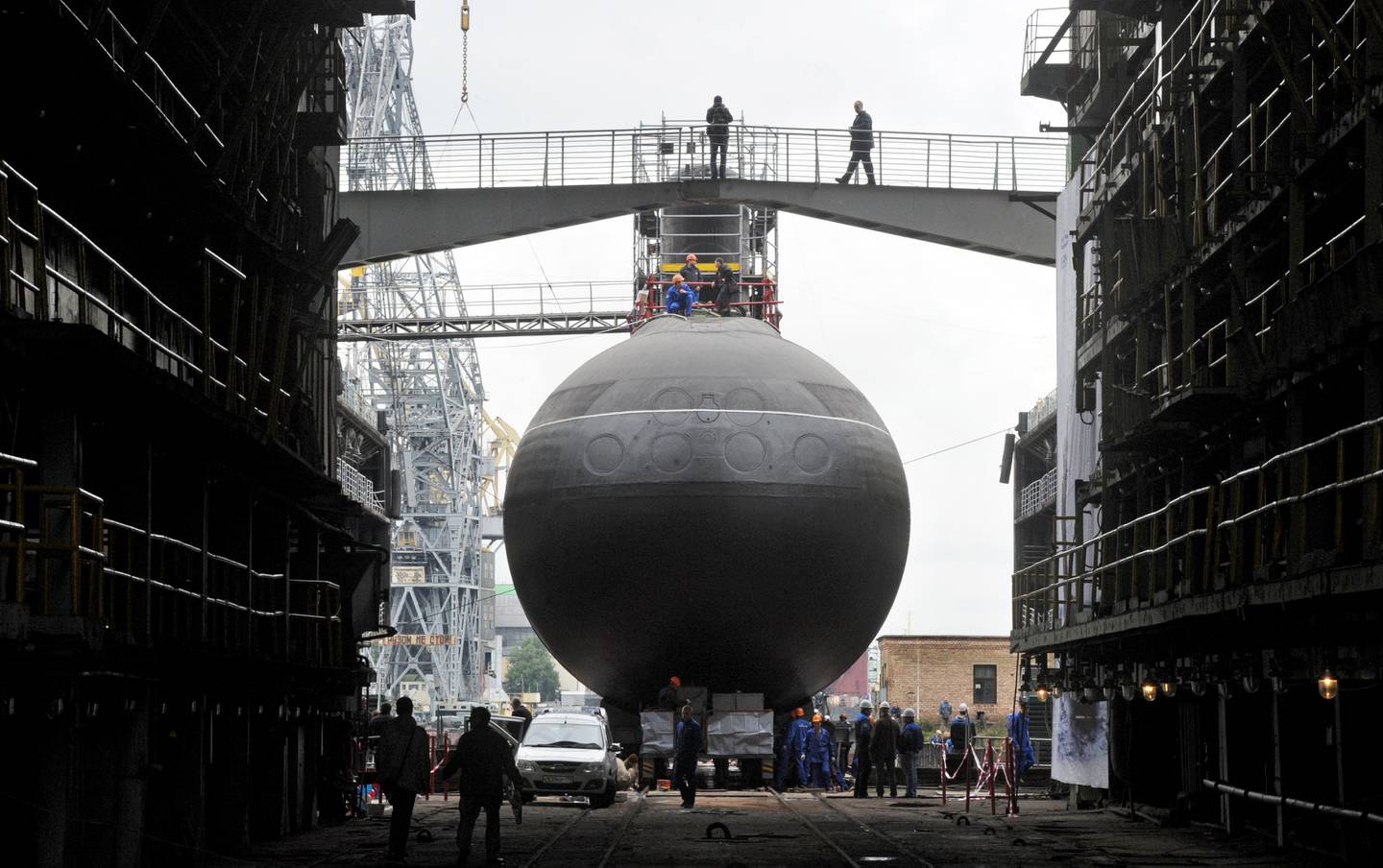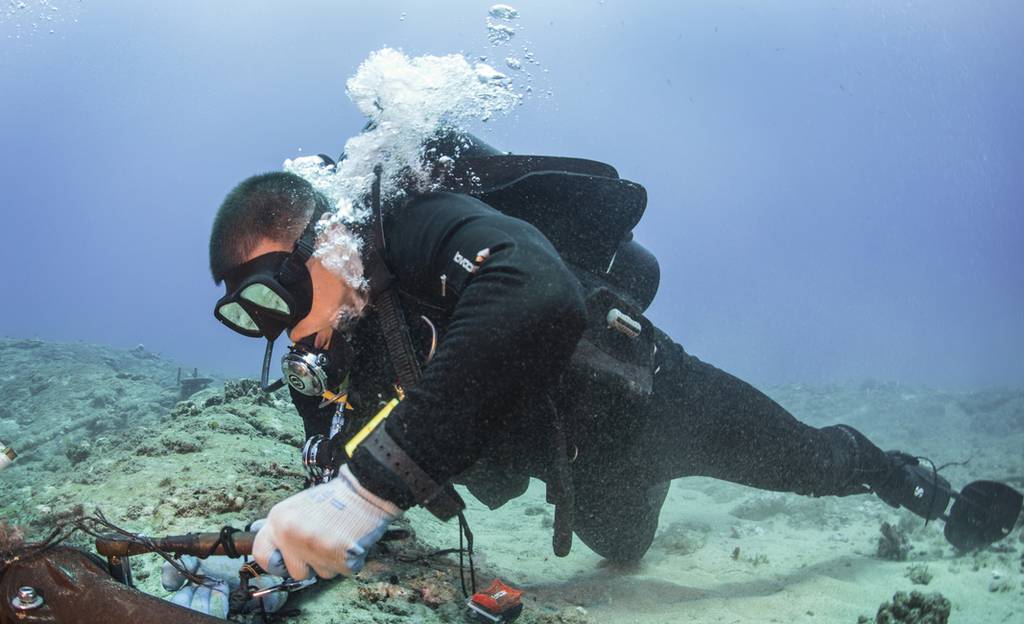Tensions with Russia are increasing with no end in sight. Over the course of the last year, the House discussed at length Russia’s successful attempts to meddle in our election — affecting what Americans hold most dear: our democracy. But now, Russia — through intensified submarine activity — is threatening our undersea cables. Should we be worried? Probably more than you think.
In a world of wireless and cloud computing, many imagine invisible waves jumping from the Earth toward satellites in space and back down. But that’s not how it works — not really.
The truth is, for the most part, the internet is more physical than many believe; we aren’t internationally connected by satellites in the sky, but by cables deep under the ocean’s surface. And since these cables are privately owned and maintained, anyone with malicious intent and the means to do so can drastically impact our way of life.
In fact, 98 percent of all international voice, data, video and internet traffic is through these submarine cables. Simply put, they are not only the backbone of the international telecommunications system but are absolutely fundamental to both our international financial system and the world’s global infrastructure at large.
The magnitude of the potential impact is seen in the United States’ Clearing House Interbank Payments System processes, which amount to over $1 trillion per day in all manner of commodity exchanges, securities and investments. So when it comes to these undersea cables, any tampering or destruction at the hands of either a malign state actor or terrorist organization could cause billions of dollars’ worth of economic damage in a short amount of time.

History has taught us the negative outcomes of vulnerable undersea cables. For example, during World War I, the British successfully destroyed a majority of Germany’s undersea cables, thus extensively limiting them in all manner of communications. The world witnessed another incident in 1959 when the Soviet Union cut cables off the coast of eastern Canada. In the present day, there is a real concern that malign actors can send damaging shock waves through the U.S. economy by destroying this vital infrastructure.
And while the current methodology for cable laying and repair works well for wear, tear and incidental damage, there is not a clear, robust response plan in the event of an intentional attack. This inadequacy is a glaring vulnerability in protecting our way of life — but it doesn’t have to be.
With the enactment of the fiscal 2020 National Defense Authorization Act, we have begun to alleviate the confusion associated with an unconventional, asymmetric attack by having the U.S. government hold cable-repair ships on retainer through a program called the Cable Ship Security Program. The CSSP concept has been adapted from the proven national security approach of the Maritime Security Program that allows the United States to pay an annual stipend to U.S.-flagged ships in order to have practical, immediate availability and direct mission control upon their activation. In this case, the CSSP ships would be activated should the cables that physically and digitally connect the United States to the rest of the world be damaged, destroyed or tampered with by those who wish to do us harm.
The CSSP is exactly what our nation needs in order to protect these cables, our international digital infrastructure and, most importantly, our way of life. I was proud to have sponsored the authorization for the CSSP as a bipartisan amendment that was ultimately adopted by Congress as part of the FY20 NDAA. Now, all that is left for us to do is to appropriate the funds for a program we have already established.
We cannot afford to wait until calamity has struck to begin eliminating this vulnerability. We must fund the Cable Ship Security Program this year. We owe it to the citizens of the United States to act before it is too late.
U.S. Rep. Rob Wittman, R-Va., is the ranking member of the Seapower and Projection Forces Subcommittee.








